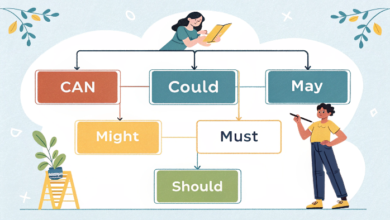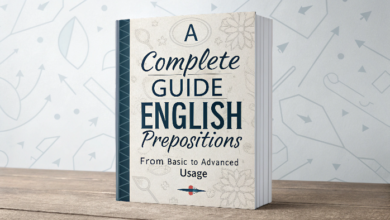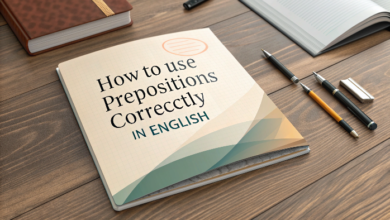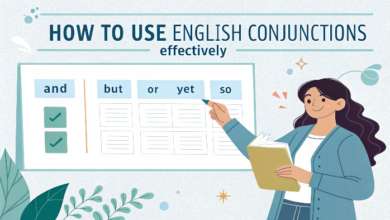A Guide to English Adjectives and Adverbs: Use Them Like a Pro
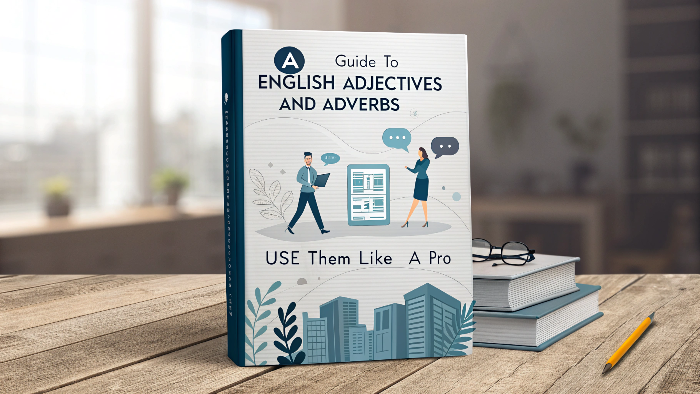
A Guide to English Adjectives and Adverbs: Use Them Like a Pro
In English, adjectives and adverbs are two of the most important parts of speech. They help make language more descriptive and specific, allowing you to convey details clearly.
Understanding how to use adjectives and adverbs properly is key to speaking and writing fluently and effectively. In this guide, we’ll explore the functions of adjectives and adverbs,
how to use them correctly, and provide you with examples and exercises to practice. By the end, you’ll be able to use adjectives and adverbs like a pro!
What Are Adjectives
An adjective is a word that describes or modifies a noun or pronoun. It provides more information about a person, place, thing, or idea, including its size, shape, color, quantity, quality, or other characteristics.
Common Types of Adjectives
Descriptive Adjectives: These describe the quality or characteristics of something.
Example: The blue sky, the tall building.
Quantitative Adjectives: These indicate how much or how many.
Example: Three apples, few people.
Demonstrative Adjectives: These point out specific things.
Example: This book, those shoes.
Possessive Adjectives: These show ownership.
Example: My car, their house.
Interrogative Adjectives: These are used in questions.
Example: Which book do you want? What time is it?
Examples
She wore a beautiful dress.
The old man lives next door.
There are several reasons for that.
What Are Adverbs
An adverb is a word that modifies or describes a verb, adjective, or another adverb. It provides additional details about how, when, where, or to what degree something happens.
Common Types of Adverbs
Adverbs of Manner: These describe how an action is performed.
Example: She sings beautifully.
Adverbs of Time: These tell us when something happens.
Example: He arrived early.
Adverbs of Place: These tell us where something happens.
Example: They live nearby.
Adverbs of Frequency: These tell us how often something happens.
Example: I always go to the gym on Mondays.
Adverbs of Degree: These tell us the intensity or degree of an action, adjective, or adverb.
Example: She is very tall.
Examples
She sings beautifully (describes how she sings).
The meeting started early (describes when the meeting started).
He completed the task quickly (describes how he completed the task).
Adjectives vs. Adverbs: Key Differences
While both adjectives and adverbs add detail to sentences, they modify different parts of speech. Here’s a breakdown of the main differences:
Adjectives modify nouns and pronouns.
Example: The fast car (describes the noun “car”).
Adverbs modify verbs, adjectives, and other adverbs.
Example: She ran quickly (modifies the verb “ran”).
Example: She is incredibly talented (modifies the adjective “talented”).
Example: He finished the work quite easily (modifies the adverb “easily”).
Examples
Adjective: He is a good teacher.
Adverb: He teaches well.
How to Form Adverbs from Adjectives
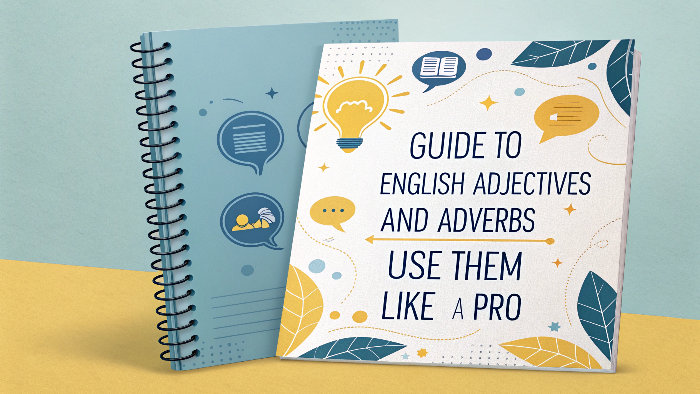
Many adverbs are formed by adding -ly to an adjective. However, there are some exceptions and irregularities in English.
For more, go to the next page


